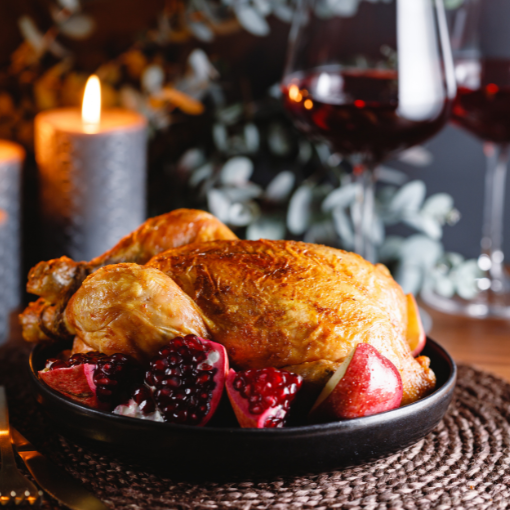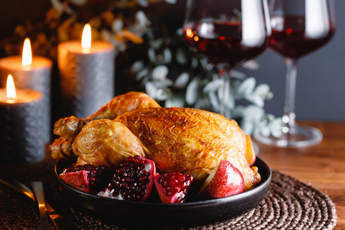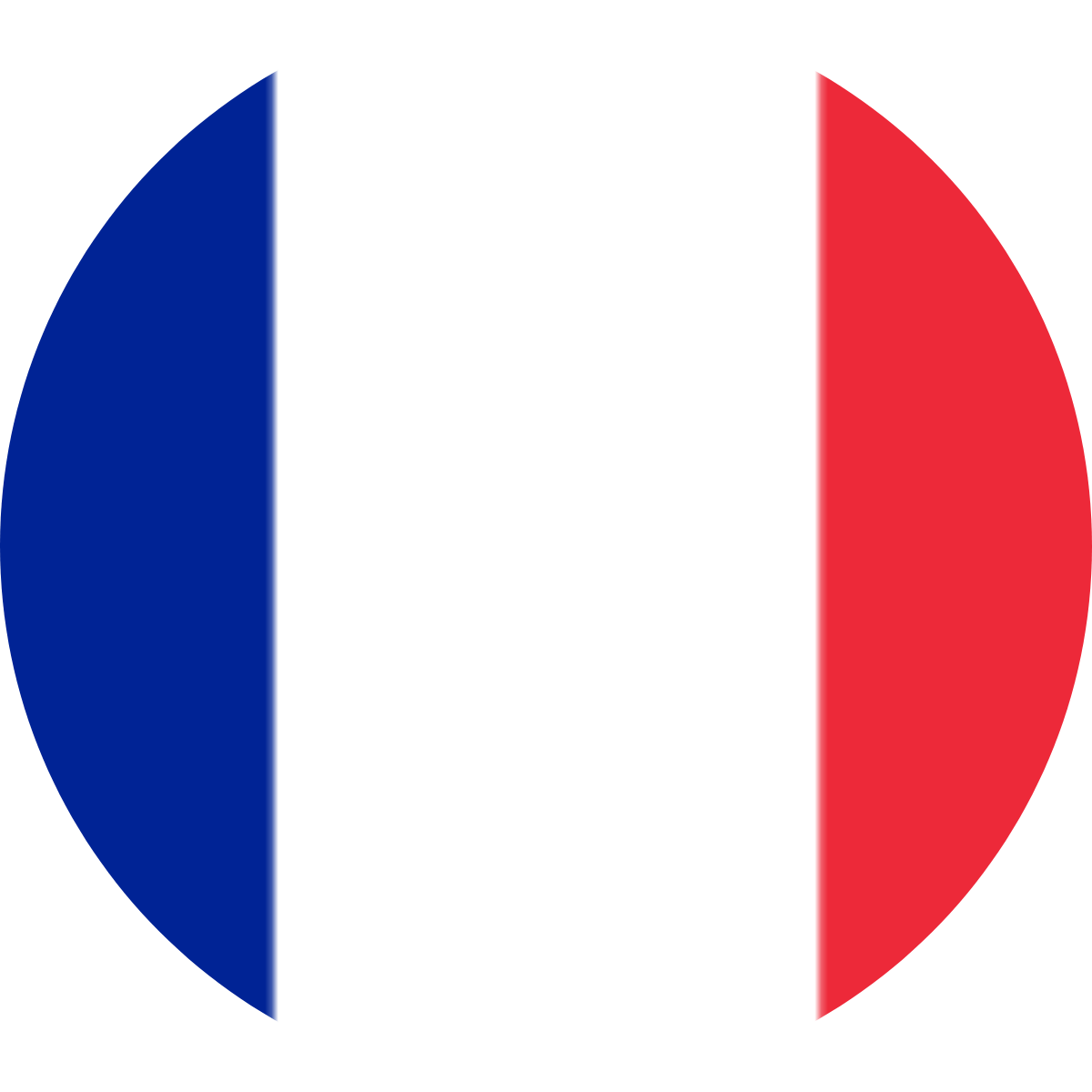

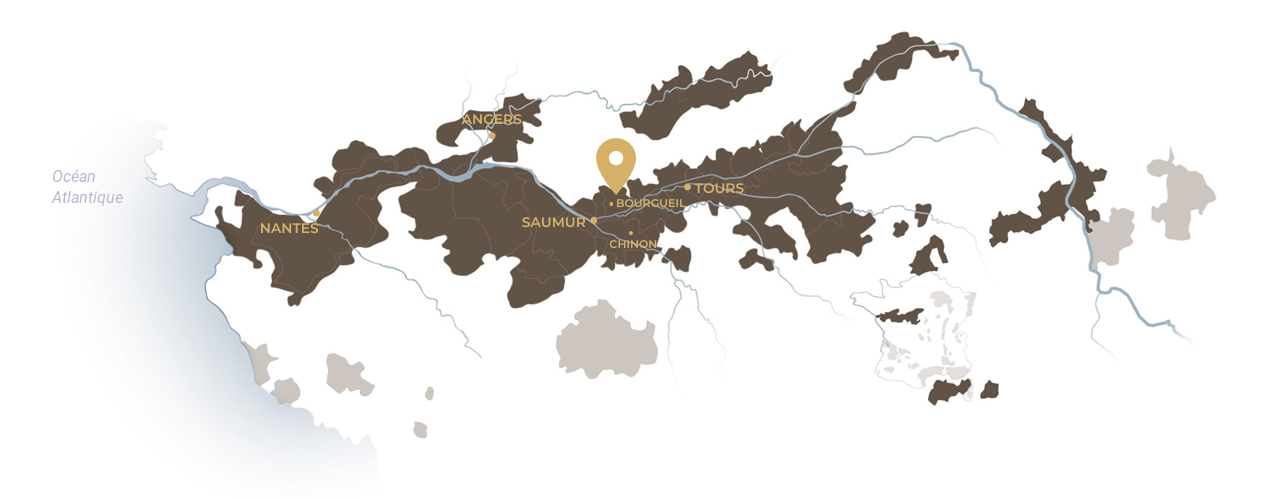

The Bourgueil appellation
Situated to the west of Tours on the right bank of the Loire, the Bourgueil appellation d’origine contrôlée extends over 1,400 hectares and covers seven villages: Restigné, Benais, Ingrandes-de-Touraine, Saint-Patrice, Chouzé-sur-Loire, La Chapelle-sur-Loire and Bourgueil. The appellation incorporates 120 winegrowers and the annual wine production is around eight million bottles.
History of the Bourgueil appellation
Origin of the appellation
The Bourgueil appellation was established in the Loire Valley in the 4th century, at the time of Saint Martin de Tour. It was classified by a decree on 31 July 1937. Its position on the banks of the Loire earned it international recognition through maritime exports. Due to its location on the Loire, the Bourgueil appellation has long been exported, to the Flemish countries in particular, since the 17th century.
Bourgueil comprises three appellations: Bourgueil Rouge, Bourgueil Rosé and Saint-Nicolas de Bourgueil.
Terroir
The Bourgueil AOC comprises two principal terroirs producing very different wines. They benefit from a temperate oceanic climate.
· The ‘gravel’ terroir is the land between the Loire and the hillsides, consisting of sand and pebbles. The soils of the terroir warm up quickly under the sun in springtime, however they do not retain water, so do not produce wines with the capacity to age well.
· The ‘tuffeau’ (or ‘tuf’) terroir close to the hillsides. Tuffeau is the type of limestone traditionally used to build houses and wine cellars along the Loire. Tuffeau forms the subsoil of the Bourgueil hillsides, along with clay. In summer, the tuffeau gives the vines the coolness they need to develop grapes and produce balanced wines with the capacity for ageing.
In the villages of Chouzé-sur-Loire and Chapelle-sur-Loire, there is a vast area of clay soil suitable for the cultivation of cereals.
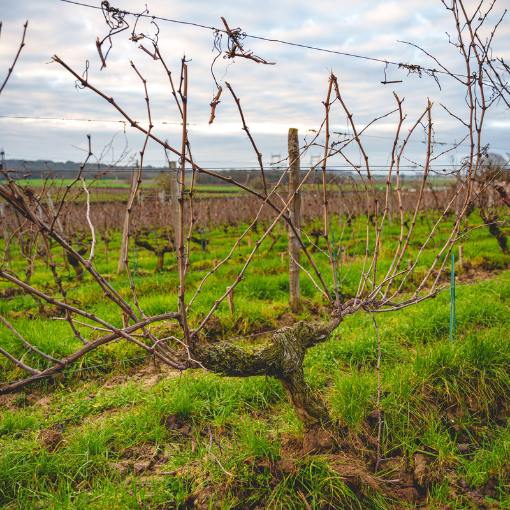
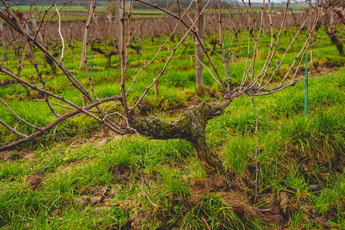
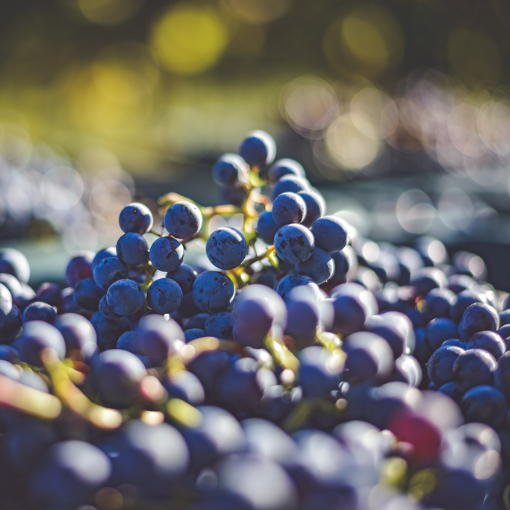
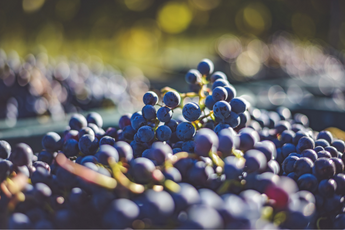
Grape variety
Cabernet Franc reigns supreme
Cabernet Franc is the emblematic red grape variety of the Loire Valley. Cabernet Franc, known locally as the ‘Breton’ variety, is the grape generally used for the vinification of Bourgueil wines, sometimes with a little Cabernet Sauvignon - up to 10% of the final blend. Bourgueil vineyards are excellent for producing great Cabernet Franc wines thanks to the white stone, tuffeau.
The rock gives the wines a maturity with the characteristic aromas of red fruits and black berries, and soft, silky tannins.
Food and wine pairing
The Bourgueil appellation produces light, fresh wines that pair with a variety of foods.
- Bourgueil rouge is the perfect accompaniment for poultry dishes, such as the traditional roast chicken at Sunday lunchtime.
- Bourgueil de Graviers (light and fruity) is ideal with a Loire Valley goats’ cheese or a soft, blue-veined cheese such as Bleu d’Auvergne.
- Bourgueil Rosé goes down well as an aperitif, and with grilled foods (marble prawns), cold cured meats, fromage frais or a strawberry and pistachio tart.
Tasting
Bourgueil wines can be enjoyed as early as the first few months after they are bottled.
Red Bourgueil wine is distinguished by its sparkling cherry, garnet or purple colour while it is young; amber highlights appear as it ages.
The Graviers red wines are light and fruity and low in tannins. They can be aged up to five years before drinking. Tuffeau wines, on the other hand, are much more complex and full-bodied, with more tannins. These wines age very well; some are aged in barrels for a few months to soften the tannins.
The Rosé is a deep pink colour with fresh fruit notes. It is usually aged for between one and four years.
